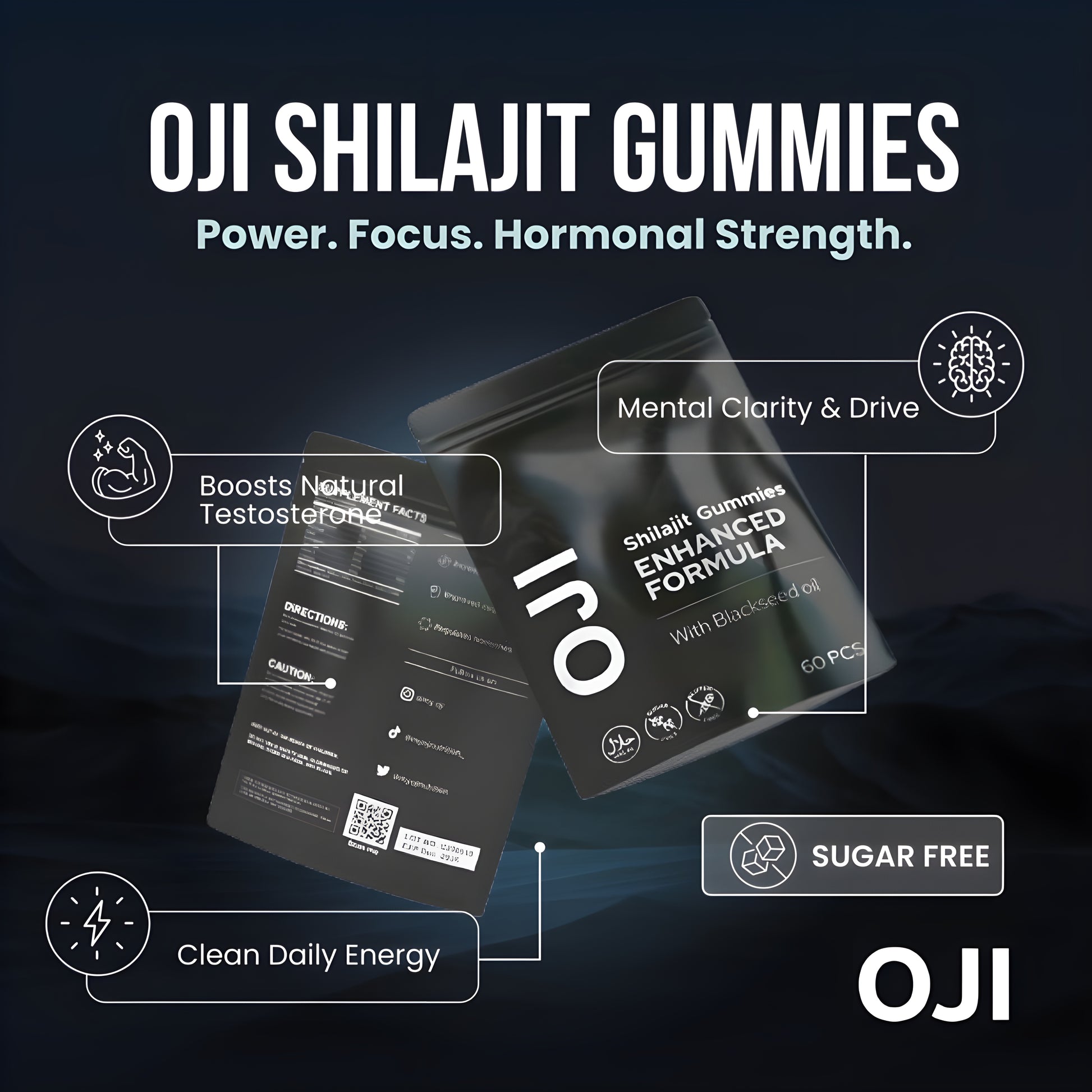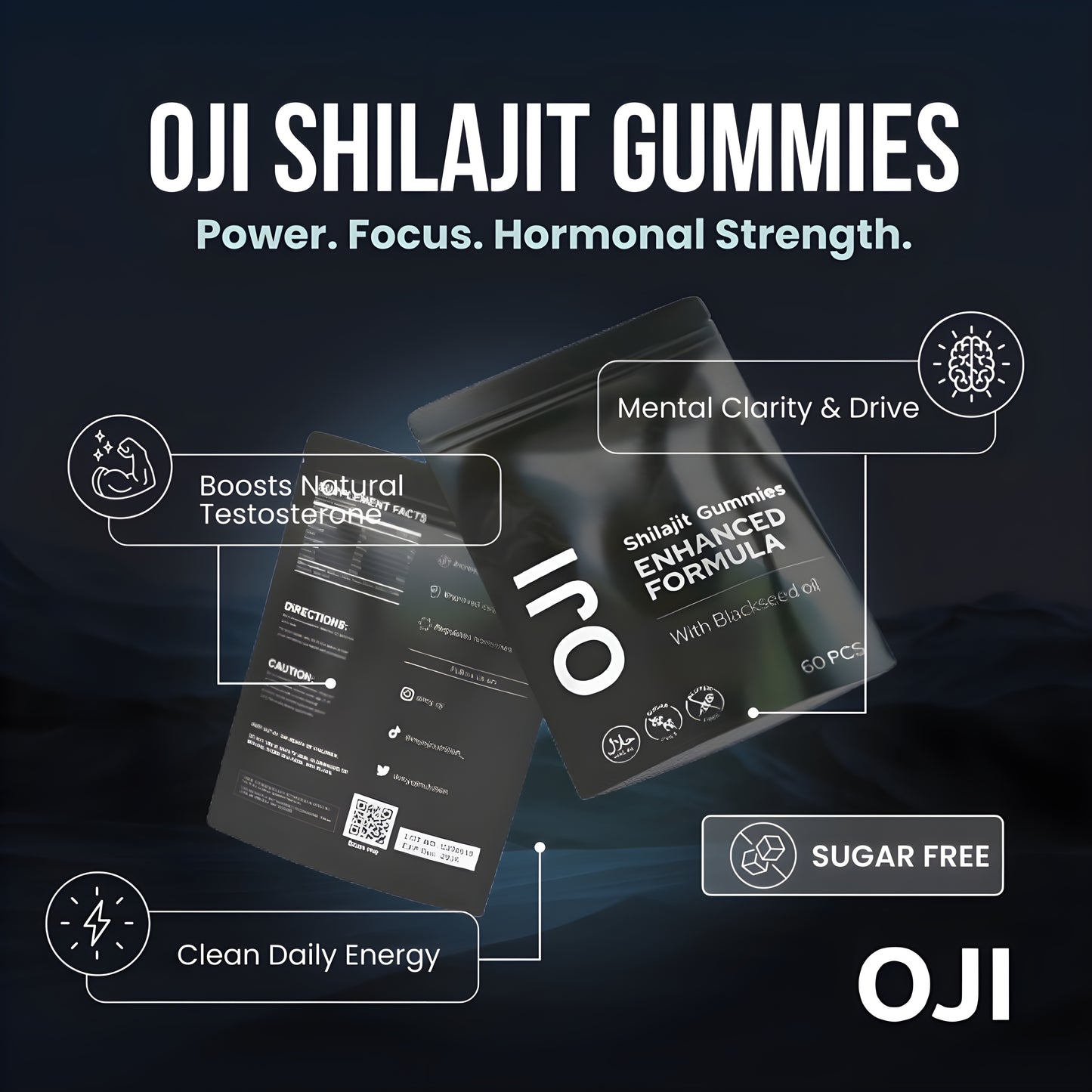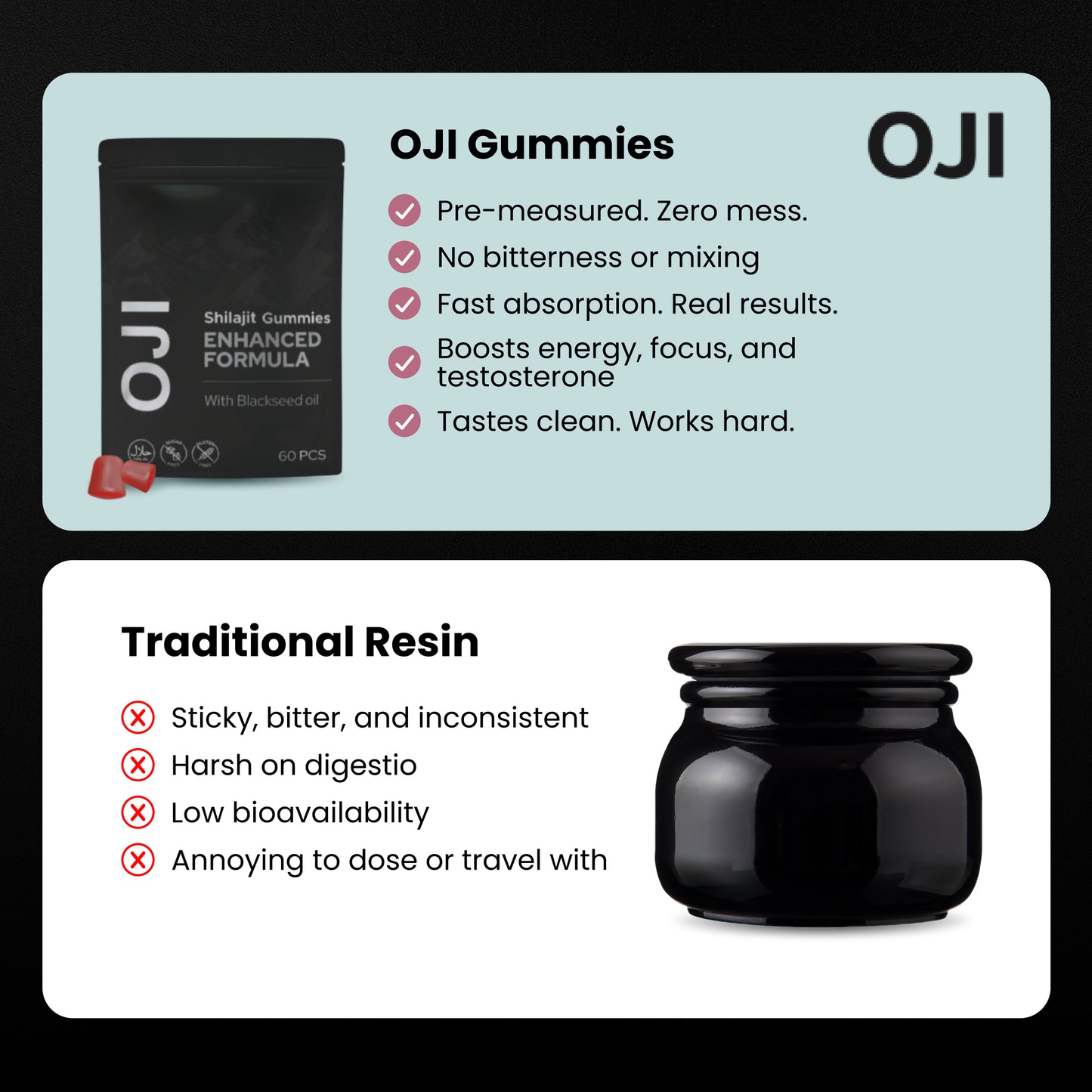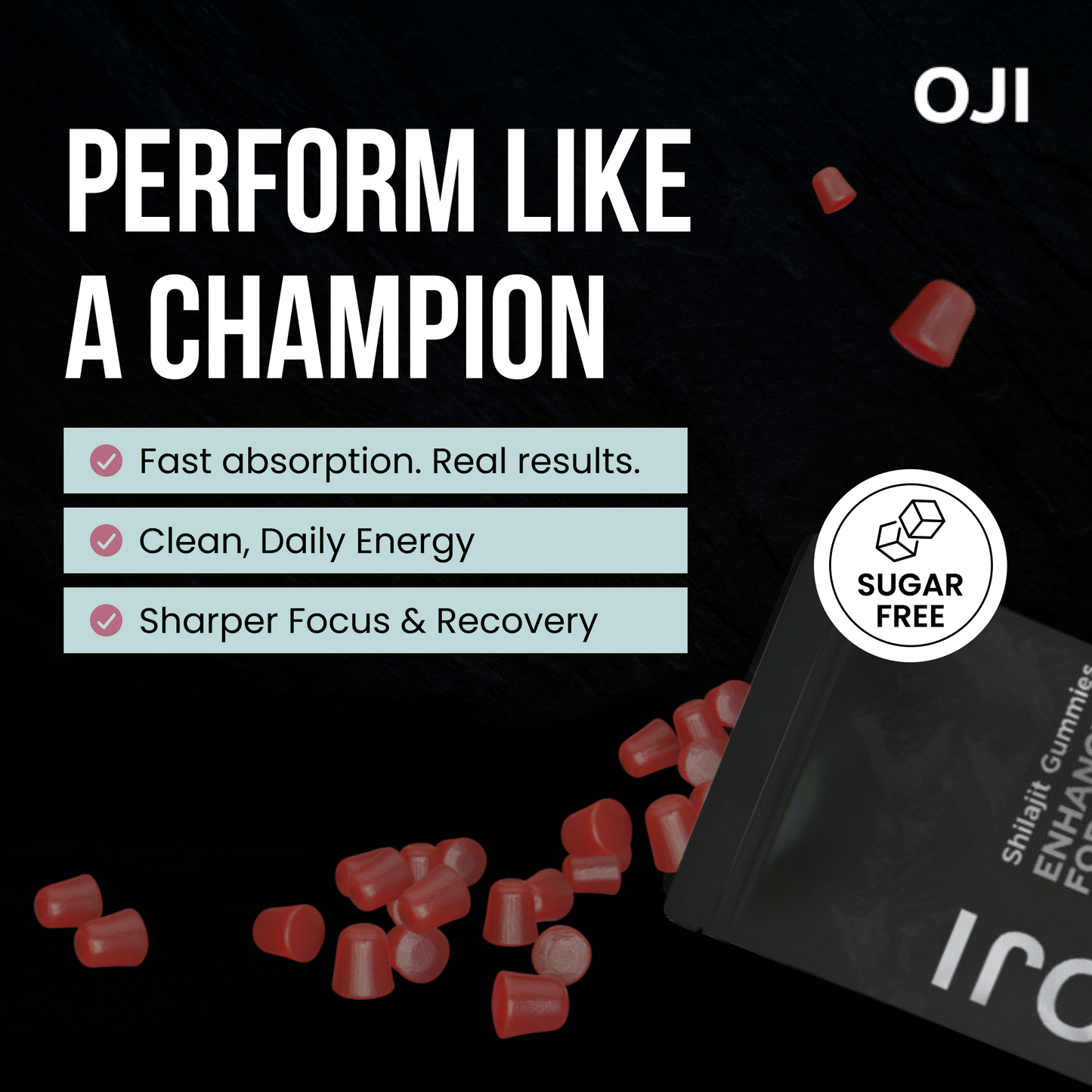To boost your endurance fast, you need a complete plan. It’s not about a single tough workout; the secret is a smart, consistent strategy covering how you train, what you eat, and how you rest. This guide provides actionable steps to make rapid, noticeable improvements in your physical stamina.
A Practical Plan for Rapid Endurance Gains
Lasting endurance gains come from treating your body as a complete system. Training, nutrition, and recovery are the three pillars of your progress. If one is weak, your performance will suffer. This guide shows you how to strengthen all three at once.
First, set clear, measurable goals. Vague ideas like "get fitter" are impossible to track. Instead, aim for a specific target you can measure, like running a 5K without stopping in four weeks or cycling for 60 minutes straight.
Set Measurable Goals to Track Progress
A concrete target turns aimless exercise into a focused mission. This goal-first approach is proven to get you results, faster.
The data backs this up. A huge 66% of runners and cyclists around the world smashed a new personal best (PB) after setting goals on platforms like Strava. In the UK alone, 42% of runners hit new PBs over standard race distances in just one year. You can dig into these stats over at Runner's World UK.
What gets measured gets managed. Track your progress—whether it's distance, time, or how you feel—to get the feedback you need to adjust your plan and stay on track.
To make this crystal clear, we've broken down the essentials into a simple framework. Getting these three areas right is non-negotiable for fast gains.
| Pillar | Core Principle | Key Action |
|---|---|---|
| Smart Training | Consistency over intensity | Incorporate a mix of high-intensity and low-intensity sessions. |
| Precise Fuelling | Food is fuel, not a reward | Prioritise carbohydrates for energy and protein for muscle repair. |
| Strategic Recovery | Growth happens during rest | Aim for 7-9 hours of quality sleep per night to repair and rebuild. |
This table lays out the foundational pillars. Nailing these three actions consistently is the bedrock of building endurance quickly and safely.
This visual guide neatly pulls together the core components, showing how training, nutrition, and rest all have to work in harmony.
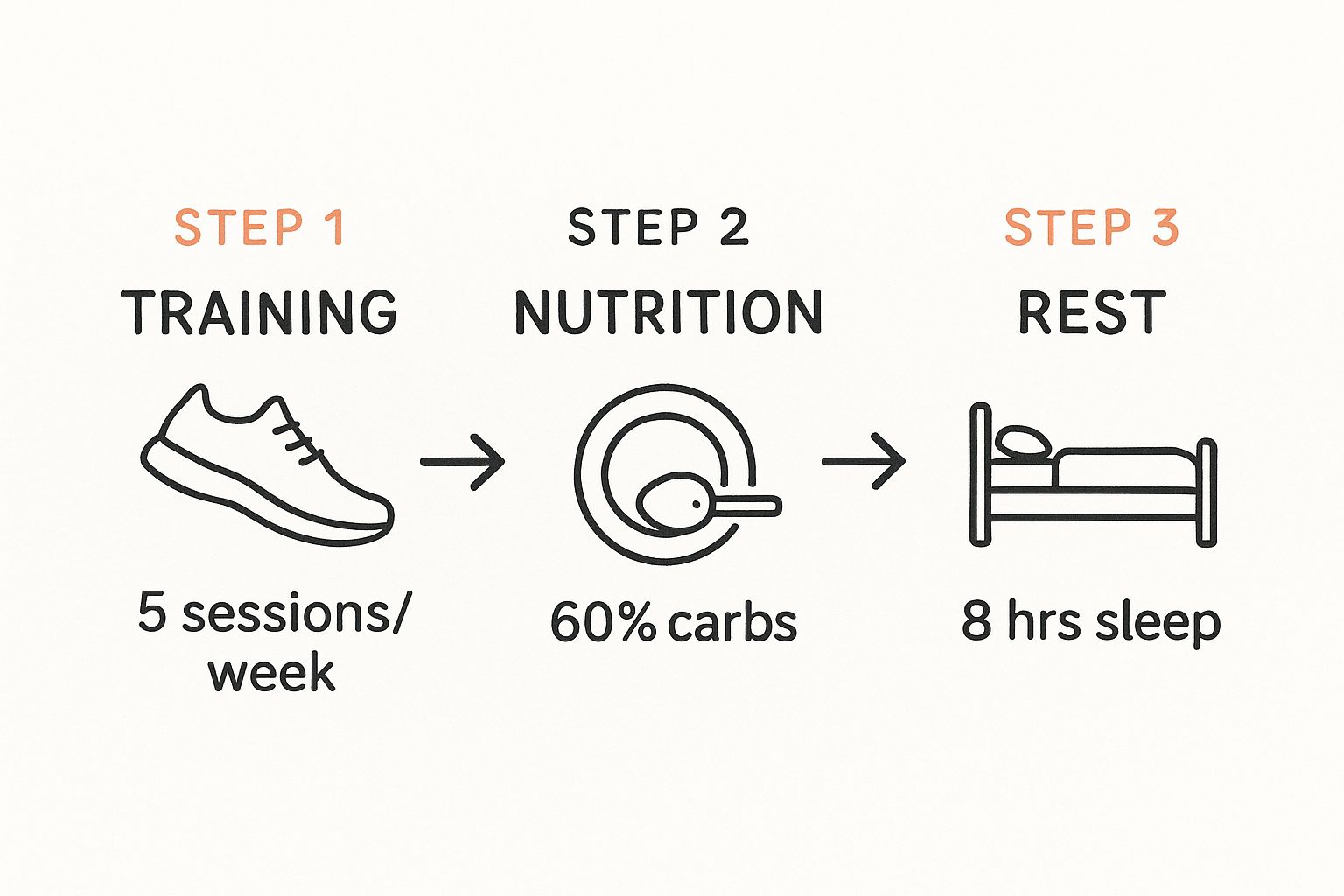
As the infographic shows, consistent effort across all three areas—frequent training, a carb-focused diet, and plenty of sleep—is what truly builds the foundation for accelerated improvement.
Build Your Endurance Engine with Smart Training
To boost your endurance fast, train smarter, not just harder. Your body responds best to structured, varied workouts that target specific physiological systems. This approach turns simple exercise into strategic training, building a powerful endurance engine from the ground up.

The key to rapid improvement is pushing your body beyond its comfort zone in a calculated way. Three training methods are essential for this: High-Intensity Interval Training (HIIT), Tempo Runs, and Progressive Overload. Each serves a unique purpose in boosting your stamina quickly.
Master High-Intensity Interval Training for a VO2 Max Boost
High-Intensity Interval Training (HIIT) is your weapon for rapid results. It involves short, all-out bursts of effort followed by brief recovery periods. This training forces your heart and lungs to work at their maximum, which is incredibly effective for improving your VO2 max—the maximum amount of oxygen your body can use during intense exercise.
A higher VO2 max means your cardiovascular system becomes more efficient at delivering oxygen-rich blood to your working muscles. The result? You can sustain a higher intensity for longer before fatigue sets in.
Here's an actionable HIIT session to replace a steady 30-minute jog:
- Warm-up: Start with 5-10 minutes of light jogging.
- Work Intervals: Complete 8 rounds of a 60-second sprint at 90% effort.
- Recovery Intervals: Walk or jog slowly for 90 seconds between each sprint.
- Cool-down: Finish with 5-10 minutes of walking and stretching.
This workout is shorter but far more intense, giving your body a powerful stimulus to adapt. To build cardiovascular endurance, add one or two HIIT sessions to your weekly routine.
Push Your Limits with Tempo Runs
While HIIT builds your top-end capacity, tempo runs improve your lactate threshold. This is the point where lactic acid builds up in your blood faster than your body can clear it, causing the muscle burn that forces you to slow down.
A tempo run is a sustained effort at a "comfortably hard" pace—a speed you could hold for about an hour in a race. By training at or just below your lactate threshold, you teach your body to clear lactate more efficiently, allowing you to run faster for longer before hitting that wall.
Follow this classic tempo workout structure:
- Warm up with 10 minutes of easy running.
- Run for 20 minutes at your tempo pace.
- Cool down with a 10-minute jog.
This session is mentally tough but delivers significant dividends in building your sustained speed and stamina.
Apply the Principle of Progressive Overload
To keep improving, you must consistently and gradually increase the demands on your body. This is the core principle of progressive overload. Without it, your progress will stall as your body adapts to your routine.
Apply progressive overload in one of these ways each week:
- Increase Duration: If you ran for 30 minutes last week, aim for 33 minutes this week.
- Increase Distance: Add an extra half a kilometre to your long run.
- Increase Intensity: Shorten your recovery periods during HIIT or slightly increase your pace on a tempo run.
The golden rule is to only increase one variable at a time by no more than 10% per week. This small, steady progression is the key to building endurance quickly without risking injury or burnout.
Running is a fantastic way to apply these principles. According to a recent SportsShoes Running Report, 40% of the UK population now runs at least once a week. With the most common 5K finish time between 29 and 30 minutes, there’s a clear benchmark for new runners to aim for.
Below is a practical weekly schedule that puts these ideas into action. It’s a balanced template that mixes intensity with recovery to maximise your gains while keeping the risk of injury low.
Weekly Training Template for Rapid Endurance Gains
Here’s a sample weekly schedule showing how to integrate these different training types for fast, balanced improvement. Adapt it to your current fitness level.
| Day | Workout Type | Description & Goal |
|---|---|---|
| Monday | Recovery / Cross-Training | Perform light activity like a 30-min walk, gentle cycle, or swim. Focus on promoting blood flow and aiding muscle repair. |
| Tuesday | HIIT Session | Complete short, intense intervals (e.g., 8 x 400m sprints) to boost VO2 max and anaerobic fitness. |
| Wednesday | Easy Run | Go for a comfortable 30-45 minute run at a conversational pace. This helps build your aerobic base without adding stress. |
| Thursday | Tempo Run | Do a "comfortably hard" 20-25 minute run to increase your lactate threshold and improve sustained speed. |
| Friday | Rest Day | Take a complete rest day. Your body repairs and gets stronger during these periods of inactivity. |
| Saturday | Long, Slow Run | Complete a 60-90 minute run at an easy pace. The goal is to build muscular endurance and mental toughness. |
| Sunday | Rest or Active Recovery | Either take a full rest day or perform a very light activity like stretching or a short walk. |
This structure ensures you're pushing your body enough to adapt while also giving it the crucial time it needs to recover and come back stronger. Stick with this plan, and your endurance will improve quickly.
Fuel Your Performance for Maximum Stamina
Your training plan will fail if your nutrition isn’t right. To ramp up your endurance, think of food as high-performance fuel. Eating smart gives your body the energy to perform and the building blocks to recover, creating a powerful cycle of progress.

It all starts with carbohydrates. They are your body's most efficient energy source, stored as glycogen in your muscles and liver. When you exercise, your body immediately uses these glycogen stores to keep you moving.
If those stores run low, you'll hit "the wall"—the moment your energy vanishes. The solution is to eat the right kind of carbs at the right time.
Master Your Macronutrients for Sustained Energy
Avoid sugary snacks that cause a quick energy spike followed by a crash. Your focus should be on complex carbohydrates. These are slow-burning fuel sources that are digested gradually to provide a steady stream of energy for longer workouts.
Here are top-tier complex carbs to add to your shopping list:
- Rolled Oats: The ideal pre-workout breakfast.
- Brown Rice and Quinoa: Excellent bases for lunch or dinner to replenish glycogen stores.
- Wholewheat Bread and Pasta: Simple swaps from white varieties that offer more sustained energy.
- Sweet Potatoes and Butternut Squash: Packed with vitamins and slow-release energy.
While carbs fuel the work, protein drives recovery. Intense exercise creates micro-tears in your muscle fibres; protein provides the amino acids needed to repair them and build them back stronger. Neglecting protein leads to slower recovery and a higher risk of injury.
Include a source of lean protein in every main meal. This can be a grilled chicken breast, a fillet of salmon, Greek yoghurt, or a scoop of protein powder in a smoothie. For a more detailed breakdown, check out our complete nutrition plan for athletes.
Perfect Your Nutrient Timing
When you eat is just as important as what you eat. Optimise your performance and recovery by timing your meals around your training.
1-2 Hours Before a Workout:
Eat a small, easily digestible meal rich in complex carbs to top up your energy stores without feeling bloated. A bowl of porridge with berries or a slice of wholewheat toast with a banana are excellent choices.
During Long Workouts (Over 90 minutes):
For sessions lasting longer than 90 minutes, you must refuel on the go to prevent an energy crash. Use simple, easily digestible carbs like energy gels, chews, or a banana to maintain your intensity.
Within 30-60 Minutes After a Workout:
This is the golden window for recovery. Your muscles are primed to absorb nutrients and begin the repair process. Consume a combination of carbs (to restock glycogen) and protein (to start muscle repair). A protein shake with a banana or a glass of chocolate milk are effective options.
Your post-workout refuel is non-negotiable for rapid endurance gains. Aim for a 3:1 or 4:1 ratio of carbohydrates to protein within an hour of finishing to dramatically speed up muscle glycogen replenishment and reduce next-day soreness.
Stay Hydrated to Avoid Fatigue
Even mild dehydration—a fluid loss of just 2% of your body weight—can seriously impair performance, increase your heart rate, and cause premature fatigue.
Don't wait until you feel thirsty to drink; by then, you're already dehydrated. Sip water throughout the day. A good benchmark is to drink enough to keep your urine a pale, straw-like colour.
During intense or long workouts, you lose critical electrolytes like sodium and potassium through sweat. These are essential for muscle function.
Relying on plain water during these sessions can dilute your electrolyte levels and increase the risk of cramps. Add an electrolyte tablet to your water bottle or use a dedicated sports drink to replenish what you've lost and maintain peak performance.
Optimise Recovery to Solidify Your Gains
The real magic of building stamina happens when you rest. Ignoring recovery is the fastest way to hit a plateau or get injured. To boost your endurance, treat recovery with the same focus as your training.

Every tough workout creates tiny tears in your muscle fibres. The recovery period is when your body repairs this damage, adapts, and rebuilds everything stronger than before. Without adequate downtime, you are simply breaking your body down.
Prioritise Quality Sleep Above All Else
Sleep is your most crucial recovery tool. During deep sleep, your body releases Human Growth Hormone (HGH), which is vital for repairing muscle tissue and strengthening bones.
Aim for 7-9 hours of quality sleep every night. Skimping on sleep disrupts your hormones, hinders muscle repair, and leaves you drained for your next workout. Establish a consistent pre-bed routine: avoid screens an hour before bed and ensure your bedroom is cool, dark, and quiet.
Your body doesn't get faster during the workout; it gets faster while you sleep. Prioritising consistent, high-quality sleep is the single most effective action you can take to accelerate your endurance gains and solidify your training adaptations.
Embrace Active Recovery Techniques
A rest day doesn’t have to mean sitting on the sofa. Active recovery—low-intensity movement that stimulates muscles without adding training stress—can be more beneficial than complete rest.
The goal is to increase blood flow to tired muscles, which helps flush out metabolic waste and deliver fresh oxygen and nutrients to speed up repair. This can significantly reduce muscle soreness.
Try these simple and effective active recovery methods:
- Light Cardio: A gentle 20-30 minute walk, a slow cycle, or an easy swim. Keep your heart rate low.
- Foam Rolling: Use a foam roller to release tension and knots in your muscles, improving flexibility and easing soreness.
- Stretching: Perform gentle stretches to improve your range of motion and relieve muscle tightness. Focus on the primary muscle groups you've worked.
To give your muscles an extra hand, explore the benefits of using a massage gun for muscle recovery as part of your routine.
Learn to Listen to Your Body
Develop the skill of distinguishing between normal post-workout fatigue and the warning signs of overtraining. Pushing through deep exhaustion or persistent soreness will only set you back.
Pay attention to your body's signals. Signs of overtraining include:
- A higher-than-normal resting heart rate in the morning.
- A lack of motivation for training.
- Difficulty sleeping or constant fatigue.
- An increase in nagging aches and pains.
If you notice these signs, take an unscheduled rest day or swap a hard workout for an active recovery session. This is a sign of smart, sustainable training, not weakness. Knowing when to push and when to back off is crucial for consistent, long-term progress.
Give Your Efforts a Boost with Oji Shilajit
Once your training, nutrition, and recovery are in sync, you can add an extra edge with a well-chosen, natural supplement. This isn't a shortcut; it's a tool to support the strong foundation you’ve already built.
This is the perfect moment to introduce Oji Shilajit. It’s a natural resin, packed with fulvic acid and over 84 essential minerals, that has been used for centuries to support energy and vitality. It works with your body to help you get more out of every training session.
Shilajit works at a cellular level. Your endurance is limited by how efficiently your cells produce energy. This is the job of your mitochondria—the tiny powerhouses inside your cells.
Supercharge Your Cellular Energy
Mitochondria create Adenosine Triphosphate (ATP), the fuel your body uses for muscle contractions during exercise. The fulvic acid in Shilajit is believed to support mitochondrial function.
It acts as a transport system, helping move essential minerals and nutrients directly into your cells. This process can help your mitochondria work more efficiently, leading to better ATP production. When your body creates energy more effectively, you can sustain your effort for longer before fatigue sets in.
By supporting the very core of your body's energy production, Shilajit helps ensure your cells are fully equipped to meet the demands of intense training. This support at the cellular level can translate into very real, noticeable improvements in your stamina and a feeling of reduced effort.
Better energy production also has a significant impact on your recovery, helping your body repair and rebuild more effectively after a tough session.
Aid Recovery and Fight Off Stress
Every tough workout places physiological stress on your body, including the creation of free radicals that can lead to oxidative stress and slow down recovery. Shilajit is a potent source of natural antioxidants that help neutralise these damaging compounds.
By helping you manage exercise-induced stress, it supports a more efficient recovery process. This means less downtime between sessions and a better ability to handle a consistent training load. When your body recovers faster, you adapt quicker and come back stronger. For a broader perspective on performance aids in similar sports, you might find the information on general paddleboarding supplements quite interesting.
How to Weave Oji Shilajit into Your Routine
Adding Oji Shilajit to your daily plan is simple. Consistency is the most important factor, so find a time that works for you every day.
Follow these straightforward steps to get started:
- Find Your Time: Take it first thing in the morning with water or an hour before a workout for a boost. The best approach is to pick a time you won't forget.
- Start with the Recommended Dose: Follow the dosage instructions on the product. Consistent, daily use over time delivers the real benefits, not large, one-off doses.
- Pair It with a Healthy Lifestyle: Remember, Oji Shilajit is a supplement—it enhances an already solid plan. Combine it with smart training, precise fuelling, and strategic recovery to feel its full effects.
By adding Oji Shilajit to your toolkit, you're giving your body powerful, natural support for your entire endurance journey. To learn more about its incredible properties and benefits, you can dive deeper into Shilajit over on our blog. It can be the final piece of the puzzle that helps turn your consistent effort into exceptional results.
Your Endurance Questions Answered
Even with a solid plan, questions will arise as you start pushing your limits. Getting these common queries answered is key to staying on track and making consistent progress. Let’s tackle some of the most frequent questions about boosting endurance fast.
How Quickly Can I Realistically Improve My Endurance?
The answer depends on your starting point and dedication. However, most people who stick to a structured training, nutrition, and recovery schedule will feel a noticeable difference within just two to four weeks.
You might find your breathing is less laboured or you can go longer before feeling fatigued. More significant improvements typically become undeniable after about six to eight weeks of consistent effort.
Remember, building endurance is a long-term goal. While you'll see quick wins initially, focus on sustainable progress, not a temporary boost. Patience is key.
Is It Better to Focus on Distance or Speed?
For the fastest results, you need both. Focusing only on long, slow runs builds an aerobic base but will eventually lead to a plateau. Conversely, only doing speed work without a foundation is a recipe for burnout or injury.
The magic happens when you combine them.
- Long, Slow Sessions: These build muscular endurance and teach your body to use fat for fuel more efficiently.
- Speed Work (HIIT/Tempo): These workouts push your VO2 max and lactate threshold, allowing you to hold a faster pace for longer.
A smart weekly plan includes one long session, one or two faster-paced days, and several easier recovery sessions. This mix builds both your stamina and your speed, making you a more well-rounded athlete.
Can I Increase My Endurance Without Running?
Absolutely. The principles for building endurance apply to any activity. While running is an excellent choice, it's not the only way to dramatically improve your cardiovascular fitness.
Activities like cycling, swimming, rowing, or high-intensity circuit training are all highly effective for boosting your stamina. It's not the specific sport, but how you approach it.
No matter your chosen activity, these core principles remain the same:
- Progressive Overload: Gradually increase the duration, intensity, or frequency of your training.
- Interval Training: Mix short bursts of all-out effort with recovery periods.
- Consistency: Stick to your schedule, week after week.
The best exercise for you is the one you enjoy. Adherence is the single most important factor for success, so pick an activity you genuinely look forward to doing.
Ready to give your hard work the ultimate natural boost? Oji Shilajit is designed to support your body's energy production right at the cellular level, helping you push further and recover faster. Complement your training with the power of over 84 essential minerals.
Discover how Oji Shilajit can unlock your endurance potential today.


